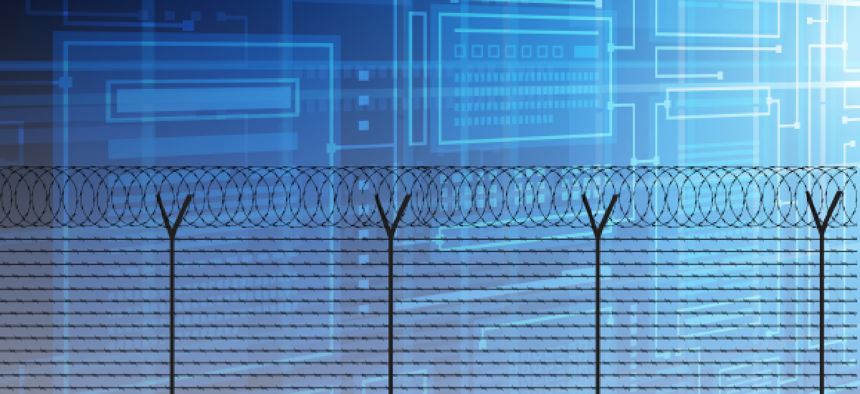Predictive analytics for smarter border security


Connecting state and local government leaders
Unisys' LineSight ingests and analyzes high volumes of data from multiple sources to flag potential threats in near real time.
Since 9/11, border patrol agencies around the world have focused on improving their abilities to quickly assess threats from passengers and cargo entering the country. Based on its work with several countries on border protection, Unisys developed the LineSight software, which uses advanced analytics that assesses risk in near real time.
Rather than relying solely on pattern recognition based on historical data, LineSight assesses risk from the initial intent to travel and refines that assessment as current information becomes available -- beginning with a traveler's visa application, reservation, ticket purchase, seat selection, check-in and arrival, the company said. The software provides similar risk assessments for cargo shipments based on manifest forms, customs declaration or airline bills.
If border agencies rely on patterns to spot border threats, "smugglers and terrorists become smarter on how to avoid those patterns,” Mark Forman, global head of Unisys Public Sector, said. “It became clear more recently that statistical methods and analytical tools would be a better approach than trying to consolidate watch lists to find patterns.”
“Today the approach being used by most border agencies is fairly inaccurate, and they are finding out that up to 90 percent of the travelers that they stop to inspect turn out to be false positives,” John Kendall, director of border security programs at Unisys, told GCN. “We are trying to get that percentage way down using machine learning and predictive analytics.”
By processing multiple high-volume transaction streams, LineSight generates risk assessments in less than two seconds, which will help border agents make decisions faster and earlier in the border crossing process.
The solution first determines if a shipment or traveler matches any of the watch lists from the United States and other global agencies such as Interpol. It then makes a deep threat assessment using statistical analysis to find any anomalies in the data collected about the passenger or cargo.
“We can tell whether a passenger has traveled on the same flight in a given time frame at the same time as a someone who is on a watch list,” Kendall said. “We triage the information and pass on that result to a border officer or intelligence analyst to take the next steps.”
Through machine learning, LineSight will improve over time, making it better at spotting anomalies. Initially the system will use a set of algorithms for predictive analysis, but over time, machine learning will help to make the systems more accurate.
"Governments around the world are facing enormous challenges related to protecting their borders against growing threats like drug trafficking and terrorism," said Alison Brooks, IDC's research director for smart cities and public safety. "They will need to leverage technologies like advanced data analytics and machine learning to stay ahead of adversaries with the ability to predict threats before they occur."
NEXT STORY: The push to make local justice data shareable




